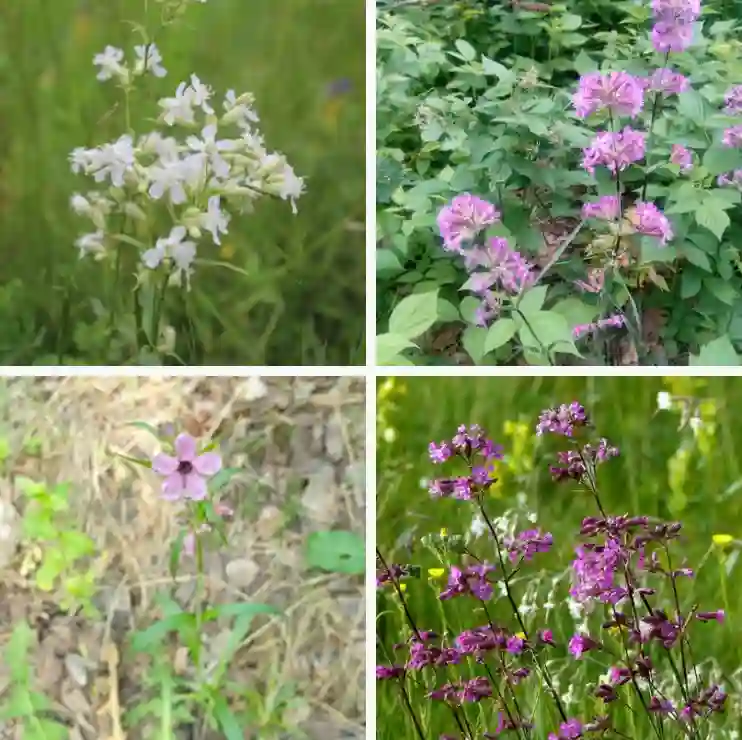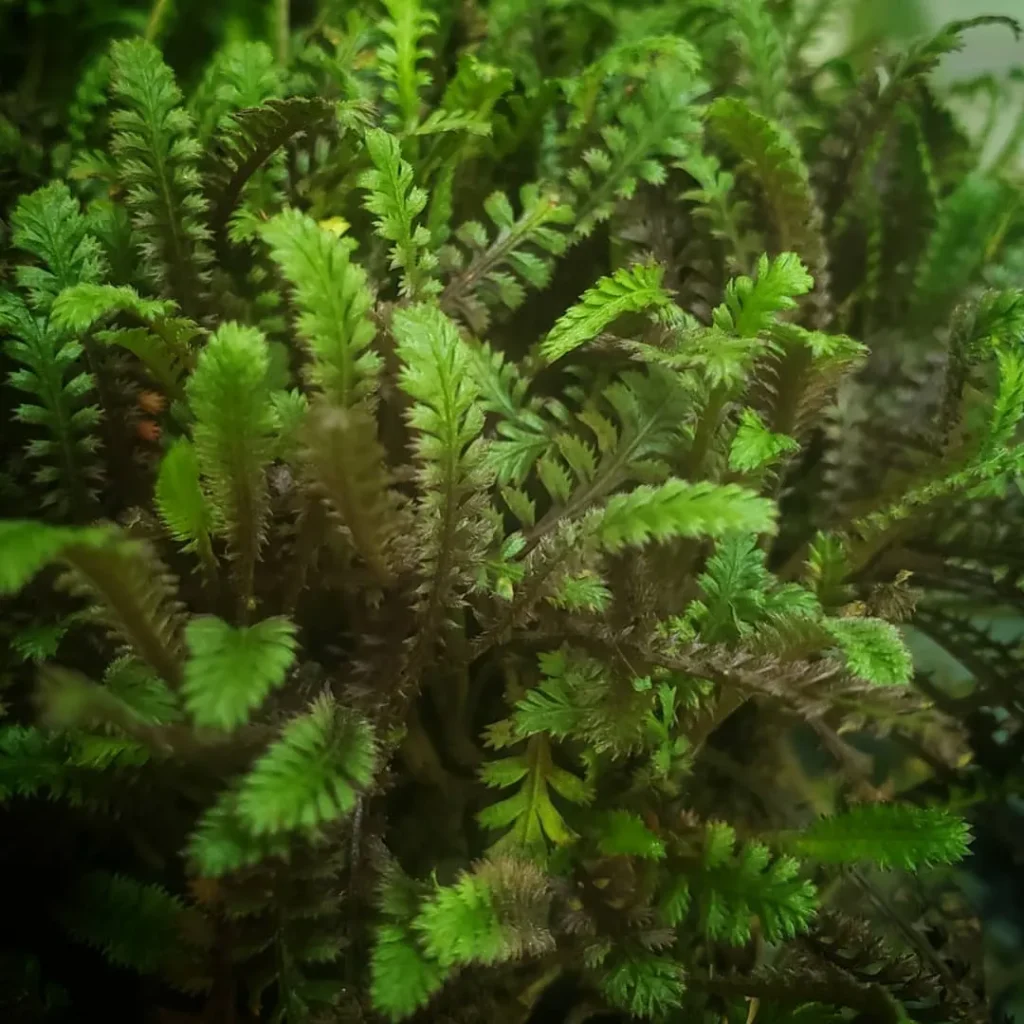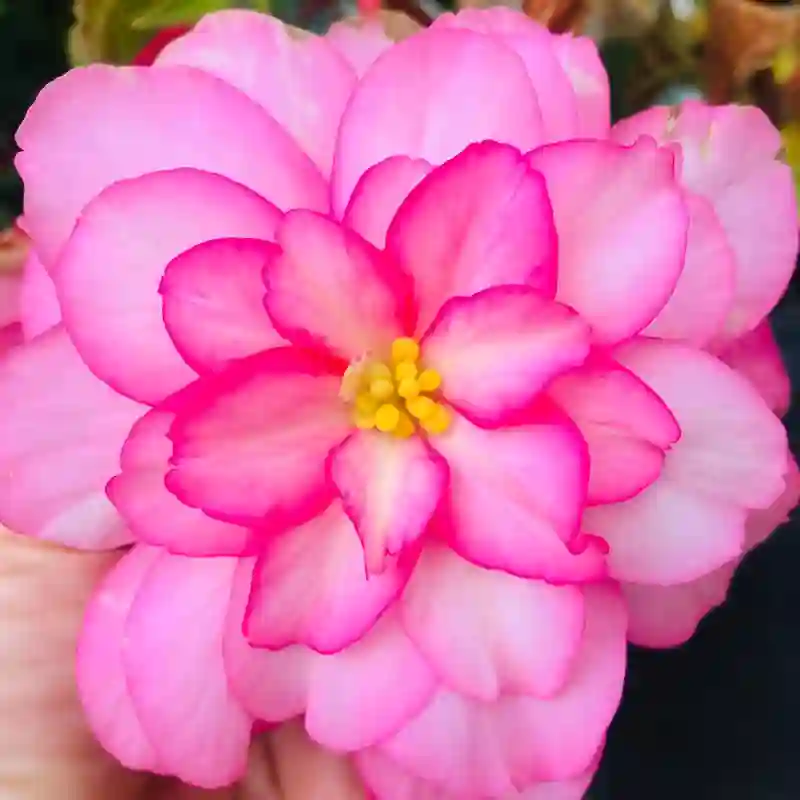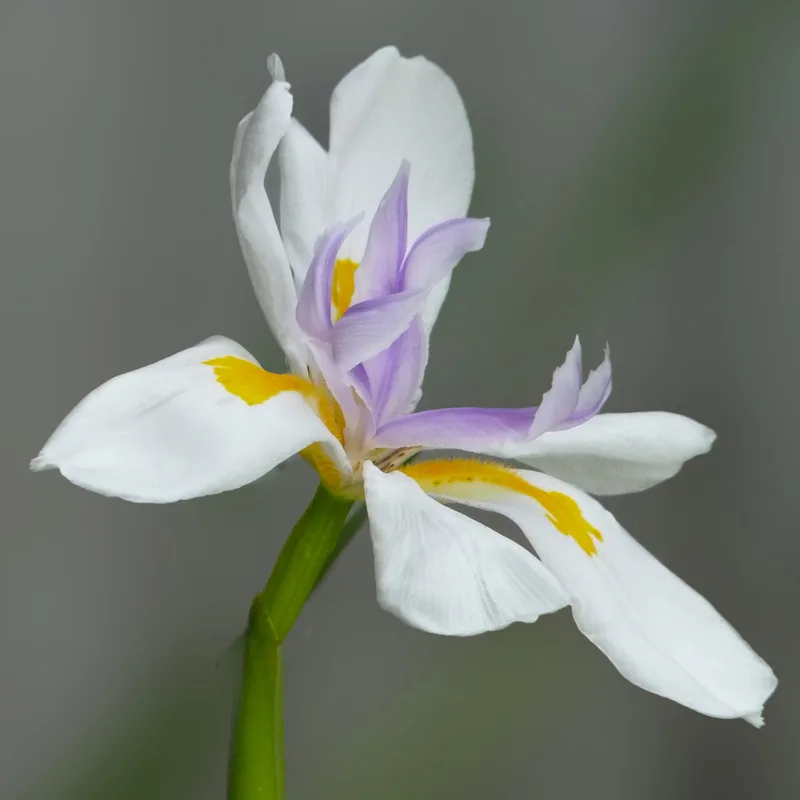My Fascination with the Cyclanthaceae: A Plant Family Unlike Any Other
As a botanist, I’m constantly drawn to the unique and unusual in the plant kingdom. One family that has always captivated me is the Cyclanthaceae. This family, often overshadowed by its more flamboyant relatives, possesses a quiet charm and a fascinating array of adaptations that make it a true wonder of nature.
The Cyclanthaceae: A Brief Overview
The Cyclanthaceae is a family of flowering plants primarily found in the Neotropics, a region encompassing Central and South America, as well as the Caribbean. These plants are typically herbaceous and often epiphytic, meaning they grow on other plants for support, although some are terrestrial. They are characterized by their distinctive inflorescences, which consist of a spadix (a fleshy spike) surrounded by a spathe (a bract-like structure). The family comprises around 12 genera and approximately 230 species, each with its unique characteristics and ecological role.
Genera of the Cyclanthaceae
The Cyclanthaceae family is home to a diverse range of genera, each with its own distinct characteristics:
- Asplundia: This genus is the largest in the family, boasting over 100 species. Asplundia plants are known for their large, pleated leaves and their ability to climb trees using their aerial roots.
- Carludovica: This genus is perhaps the most economically important in the family, as it includes the species Carludovica palmata, the source of Panama hat fibers. These plants have fan-shaped leaves and are often cultivated for their valuable fibers.
- Cyclanthus: This genus is the namesake of the family and is characterized by its unique inflorescences, which resemble a coiled snake. Cyclanthus plants are typically found in the understory of tropical rainforests.
- Dicranopygium: This genus is known for its diverse leaf shapes, ranging from simple to deeply lobed. Dicranopygium plants are often found in the understory of tropical rainforests and along streams.
- Evodianthus: This genus is characterized by its large, boat-shaped spathes that enclose the inflorescences. Evodianthus plants are often found in the understory of tropical rainforests.
- Ludovia: This genus is closely related to Carludovica and also includes species with fan-shaped leaves. Ludovia plants are often found in the understory of tropical rainforests.
- Schultesiophytum: This genus is known for its unique inflorescences, which consist of a single, large flower surrounded by a spathe. Schultesiophytum plants are typically found in the understory of tropical rainforests.
- Sphaeradenia: This genus is characterized by its spherical inflorescences, which are often brightly colored. Sphaeradenia plants are often found in the understory of tropical rainforests and along streams.
- Thoracocarpus: This genus is known for its unusual growth habit, with the inflorescences emerging from the base of the plant. Thoracocarpus plants are typically found in the understory of tropical rainforests.
- Chorigyne R.Erikss.
- Dianthoveus Hammel & G.J.Wilder
- Stelestylis Drude
The Cyclanthaceae and their Ecological Importance
The Cyclanthaceae play a vital role in the Neotropical ecosystems they inhabit. As epiphytes, they provide habitat for a variety of invertebrates and other small animals. Their leaves and fruits also serve as a food source for various birds and mammals. Additionally, some species, like Carludovica palmata, have economic importance, providing valuable fibers for handicrafts and other products.
The Cyclanthaceae: A Family Worth Exploring
The Cyclanthaceae may not be the most well-known plant family, but they are undoubtedly one of the most fascinating. Their unique adaptations, ecological importance, and economic value make them a group worth exploring and appreciating. As a botanist, I’m continually amazed by the diversity and ingenuity of the plant kingdom, and the Cyclanthaceae serve as a perfect reminder of the wonders that await those who take the time to look closely.
I encourage you to delve deeper into the world of the Cyclanthaceae. Whether you’re a seasoned botanist or simply a curious nature enthusiast, you’re sure to be captivated by this remarkable family of plants.
If i die, water my plants!



